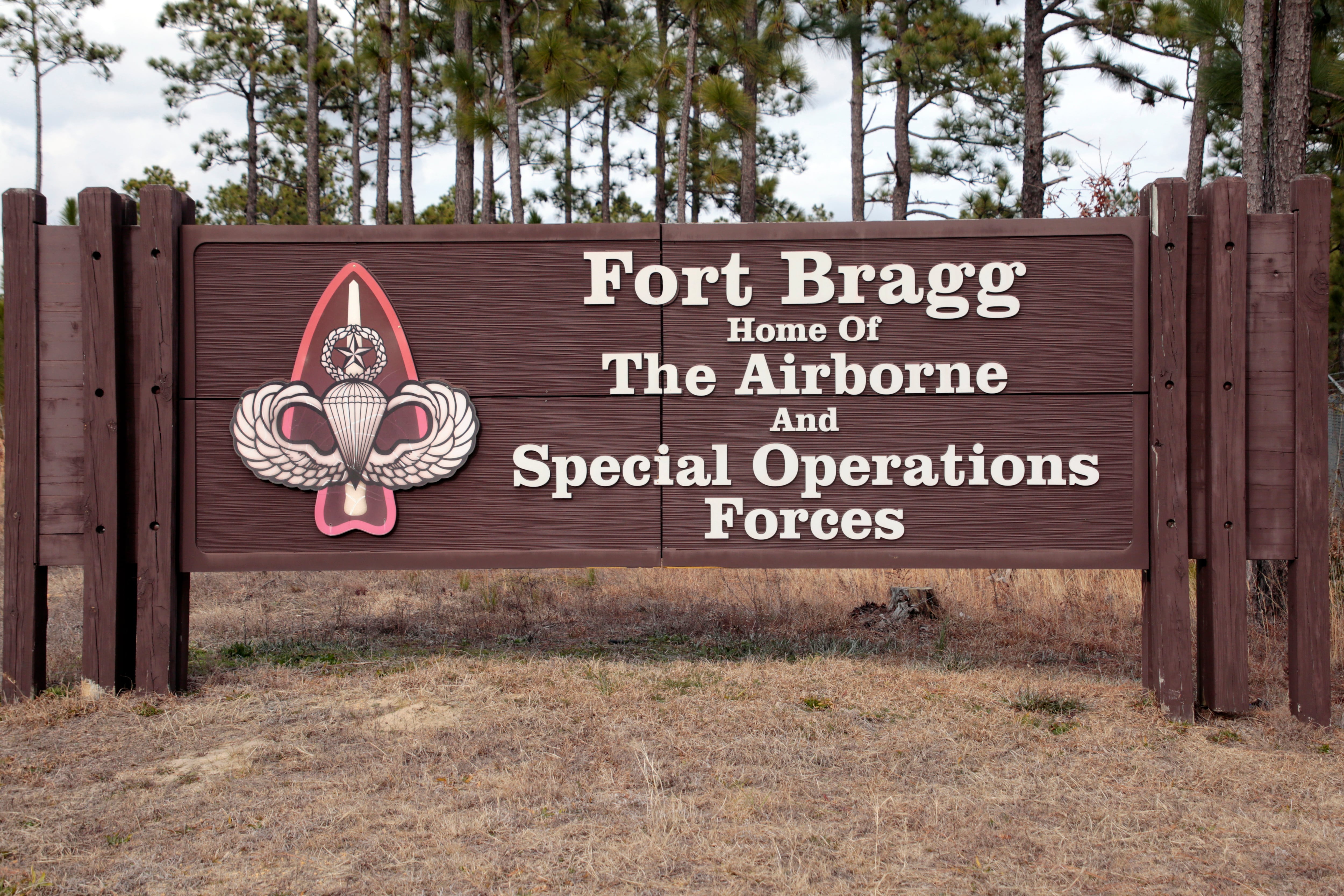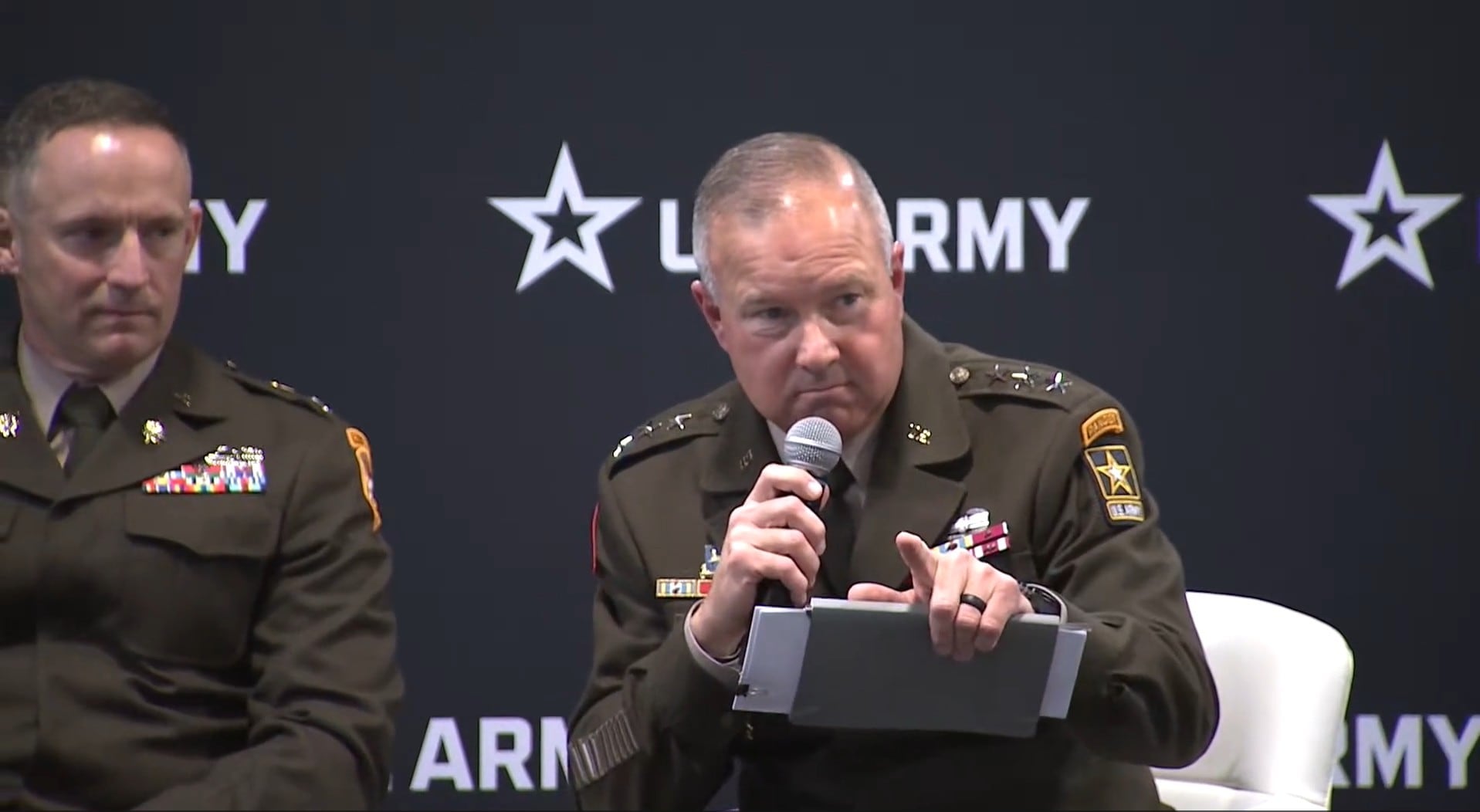Commonly known as flight pay, Aviation Career Incentive Pay is authorized for flight-rated officers, both commissioned officers and warrant officers, on a continuous and conditional basis. Monthly pay entitlements ranging from $125 to $840 begin when orders are issued establishing a pilot's aviation service entry date. This monthly incentive pay ends if an officer fails to meet flight service requirements, called gates, or is medically disqualified, removed from flying status by an aviation evaluation board, or, if a commissioned officer, exceeds 25 years of aviation service and is not assigned to a flying billet. The restriction does not apply to warrant officers.
Monthly pay begins to decrease at the 22nd year of aviation service for commissioned officers. ACIP does not decrease for warrant officers when they reach 22 years of aviation service.
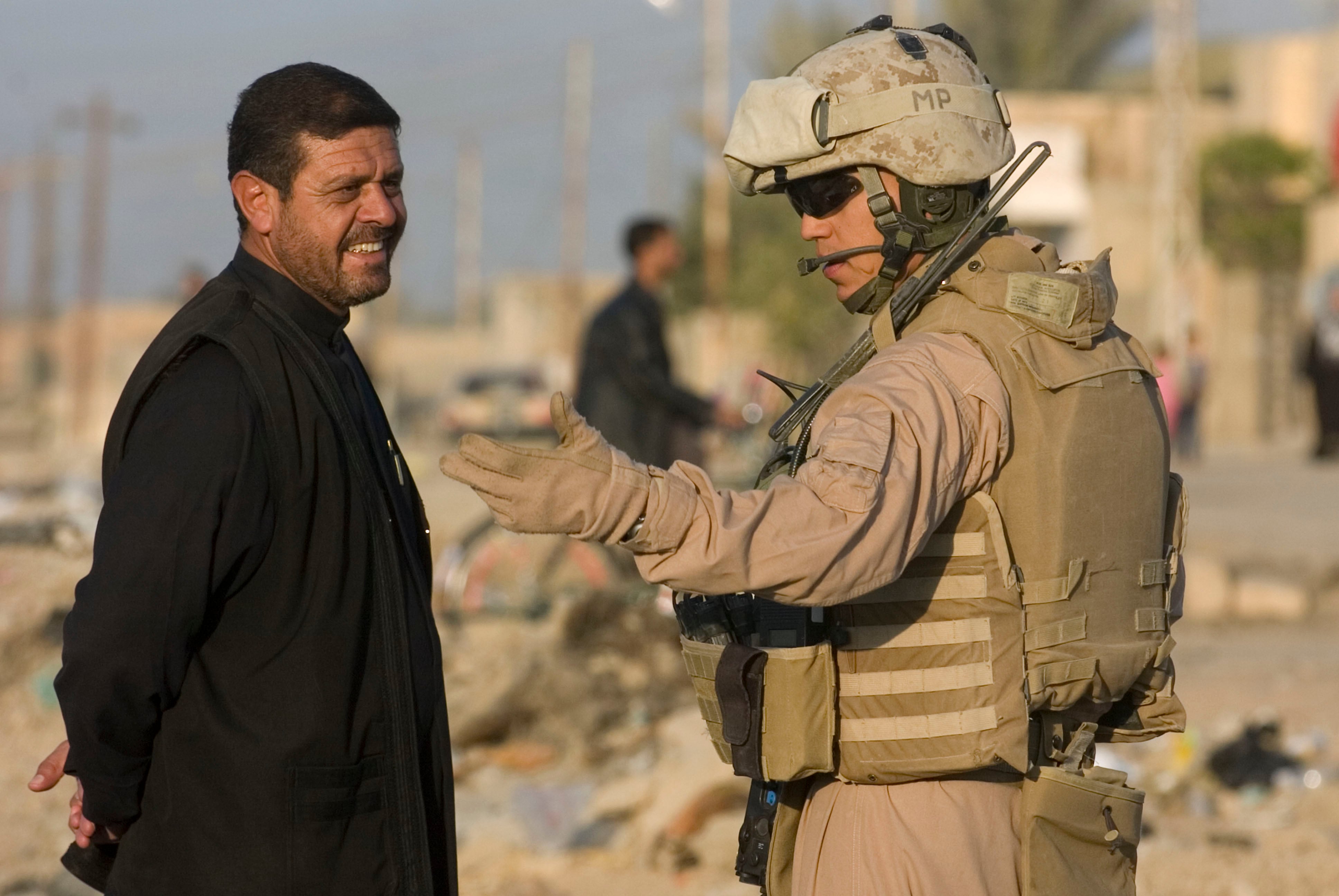
To qualify for ACIP, officers must hold an aeronautical rating, be a student in flight training, hold a Class I or II flight physical, and hold Pilot Status Code 1.
The Army's fiscal 2015 and 2016 budget submission requests about $60 million annually for ACIP, about $9 million less than in 2014. The Army estimates that, on average, 11,300 officers will draw ACIP annually in 2015 and 2016.
Flight Pay for Non-Rated Soldiers
Crewmember pay typically is authorized for non-rated soldiers who serve as aircraft crew chiefs, flight engineers, flight stewards, crewmember flight instructors and standardization flight instructors. Each type of Army aircraft has an allotment of non-rated crewmember positions.
To qualify for this form of hazardous duty pay, soldiers are required to fly at least four hours each month, and maintain a Class III flight physical. Flying time must be associated with the performance of duties that requires soldiers to be placed on flight status, such as service as a door gunner, field artillery observer, aero scout observer, medic, student attending a crewmember course or a firefighter for crash and rescue operations.
This monthly pay ranges from $150 per month to $250, and is based on rank. Officials estimate that about 4,000 enlisted soldiers and 45 officers will draw this pay annually in 2015 and 2016. The monthly pay rates are:
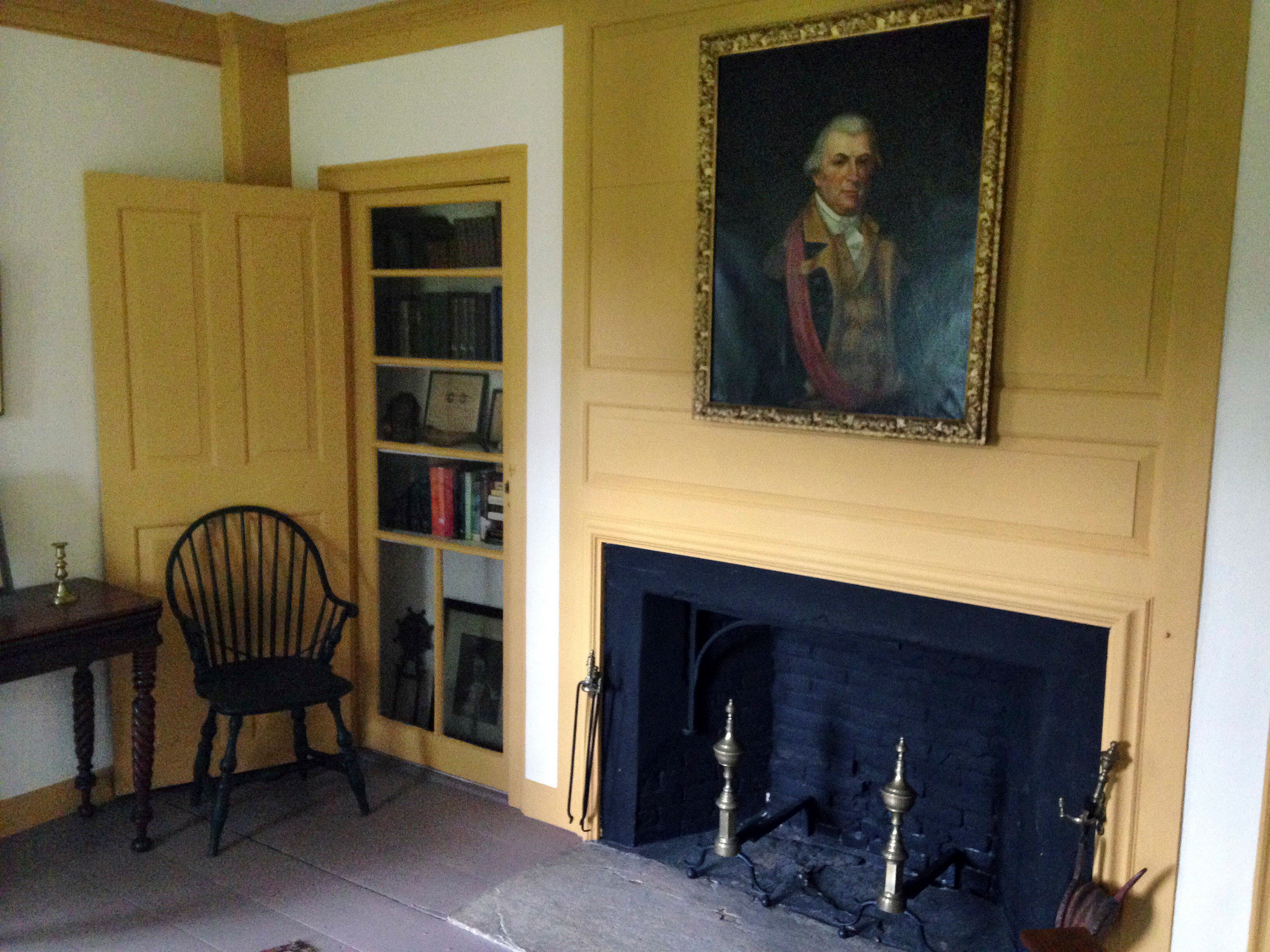
Non-crewmember pay, also a hazardous duty pay, is authorized for certain soldiers who are required to perform frequent and regular flight in the performance of their duties. Soldiers who typically qualify include aviation mechanics and maintenance personnel, avionics technicians, aeromedical psychological investigators, aerial photographers, physician assistants and aviation platoon NCOs.
To qualify for non-crewmember pay, soldiers must meet the same eligibility standards as soldiers who qualify for crewmember pay.
The monthly pay is $150. All total, about 75 officers and 260 enlisted soldiers will qualify for this pay in 2015 and 2016, with annual payments averaging $1,800 per soldier.
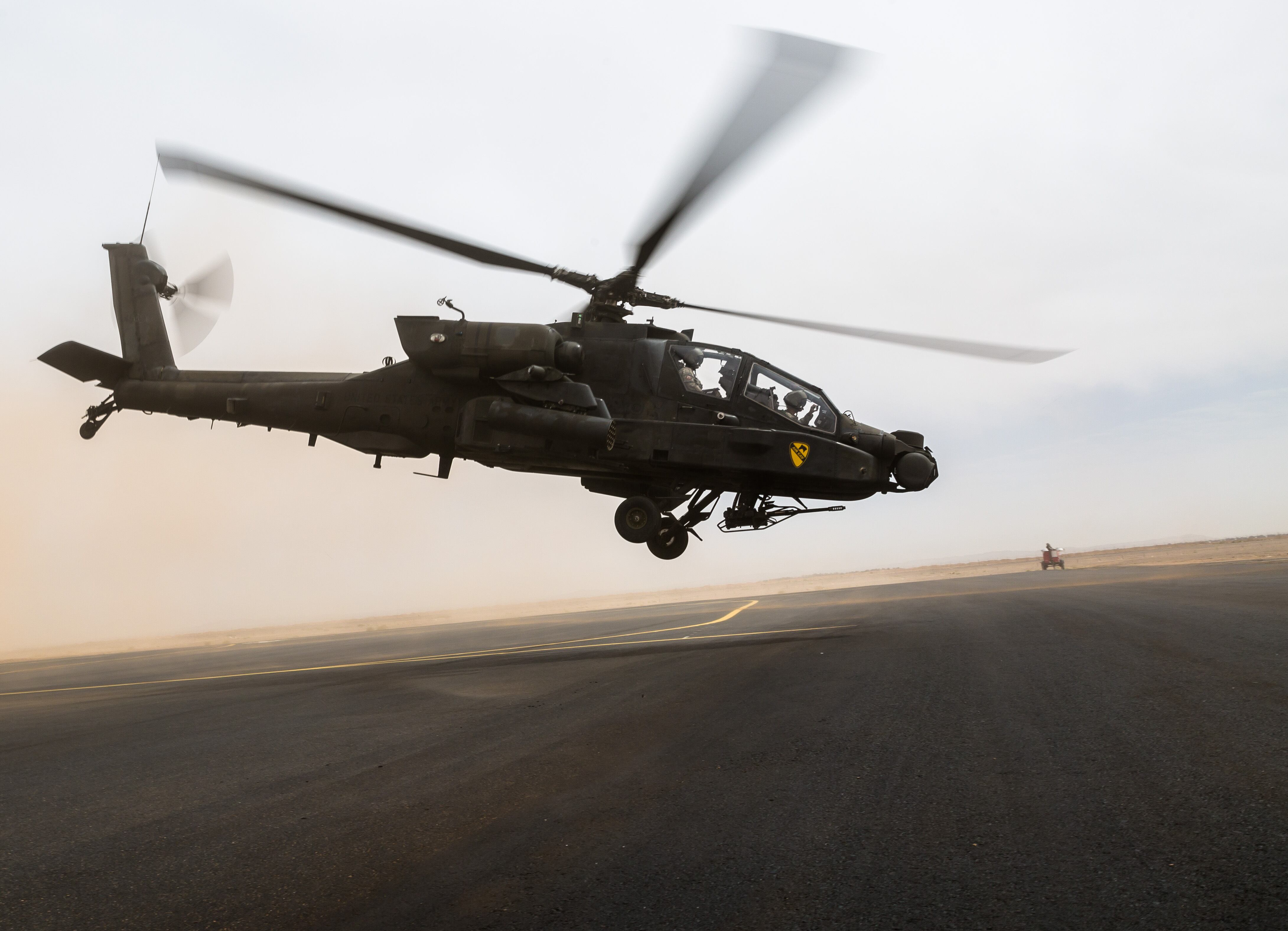
Aviation Career Incentive Pay is authorized for flight-rated officers, both commissioned officers and warrant officers.
Photo Credit: Sgt. Harley Jelis/Army
Aviation Continuation Pay
This career retention incentive was last updated in September 2014. Consult MilPer Message 14-278 for specific information. Details of the 2015 program have not been announced.
In recent years this program has been targeted at Regular Army warrant officers assigned to Army Special Operations Aviation (ARSOA) units. Annual bonuses range from $12,000 to $25,000, which means eligible officers can receive up to $150,000 for extending their careers by six years.
The most current version limits eligibility to chief warrant officers who have completed the four-year additional duty service obligation incurred upon completion of ARSOA initial entry training.
Eligibility for Aviation Continuation Pay begins on the first day of the 5th year of ARSOA service, and ends on the last day of the 10th year of ARSOA service.
Payments are as follows:
$25,000 annually for each full year of obligated service incurred before the second anniversary of an officer's eligibility for ACP.
$18,000 annually for each full year of obligated service incurred before the fourth anniversary of an officer's eligibility for ACP.
$12,000 annually for each full year of obligated service incurred before the fifth anniversary of an officer's eligibility for ACP.
ACP contracts cannot extend past an officer's 25th year of rated aviation service. Annual payments are tax-free if the ACP contract is signed in a combat zone.
Budget documents recently submitted to Congress indicate the Army is seeking $9 million annually for ACP in 2015 and 2016. Officials estimate that about 525 officers will qualify for average payments of $17,000 during each of those years.

